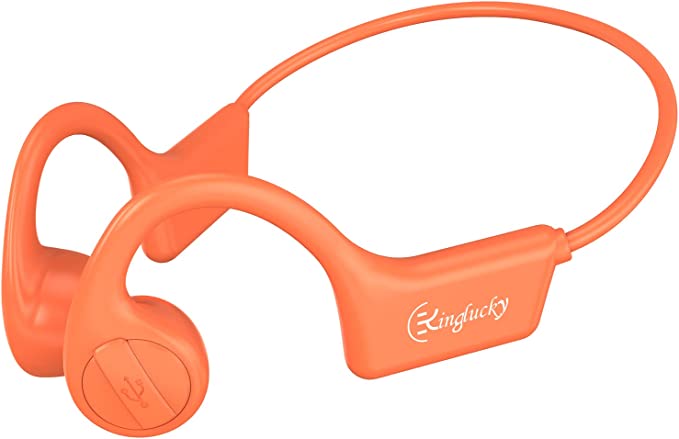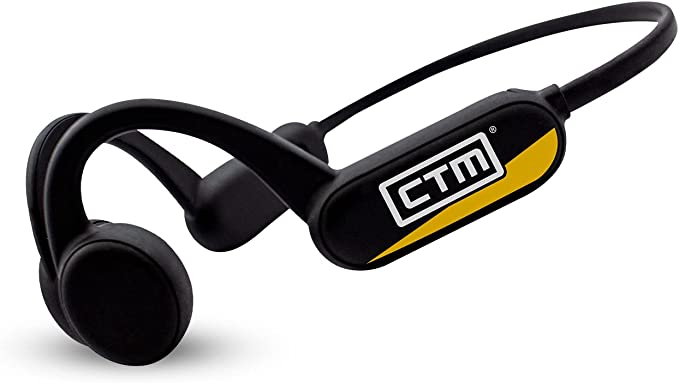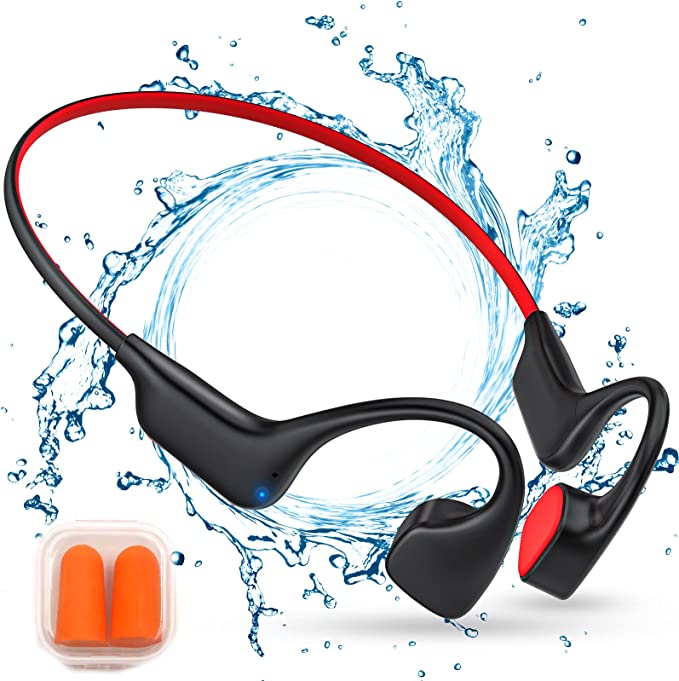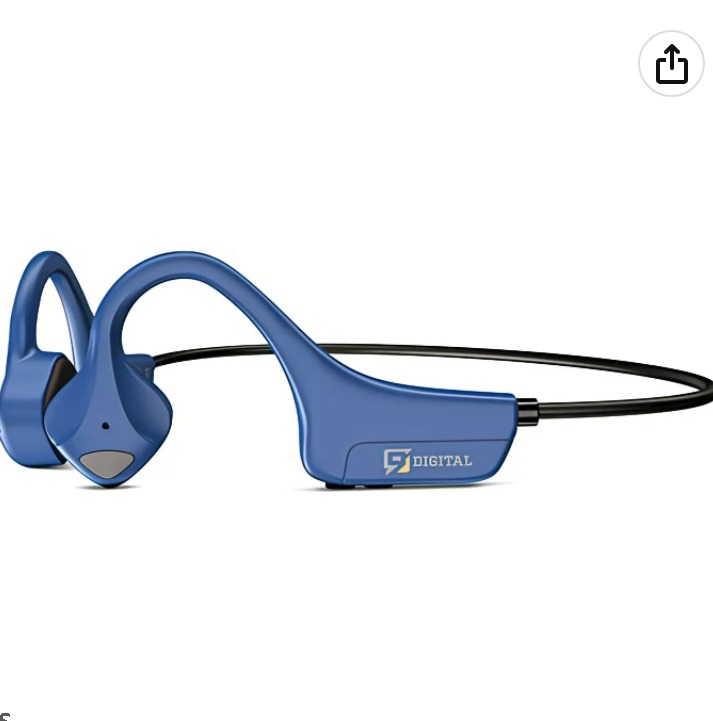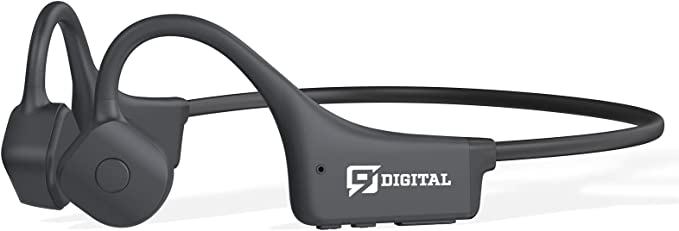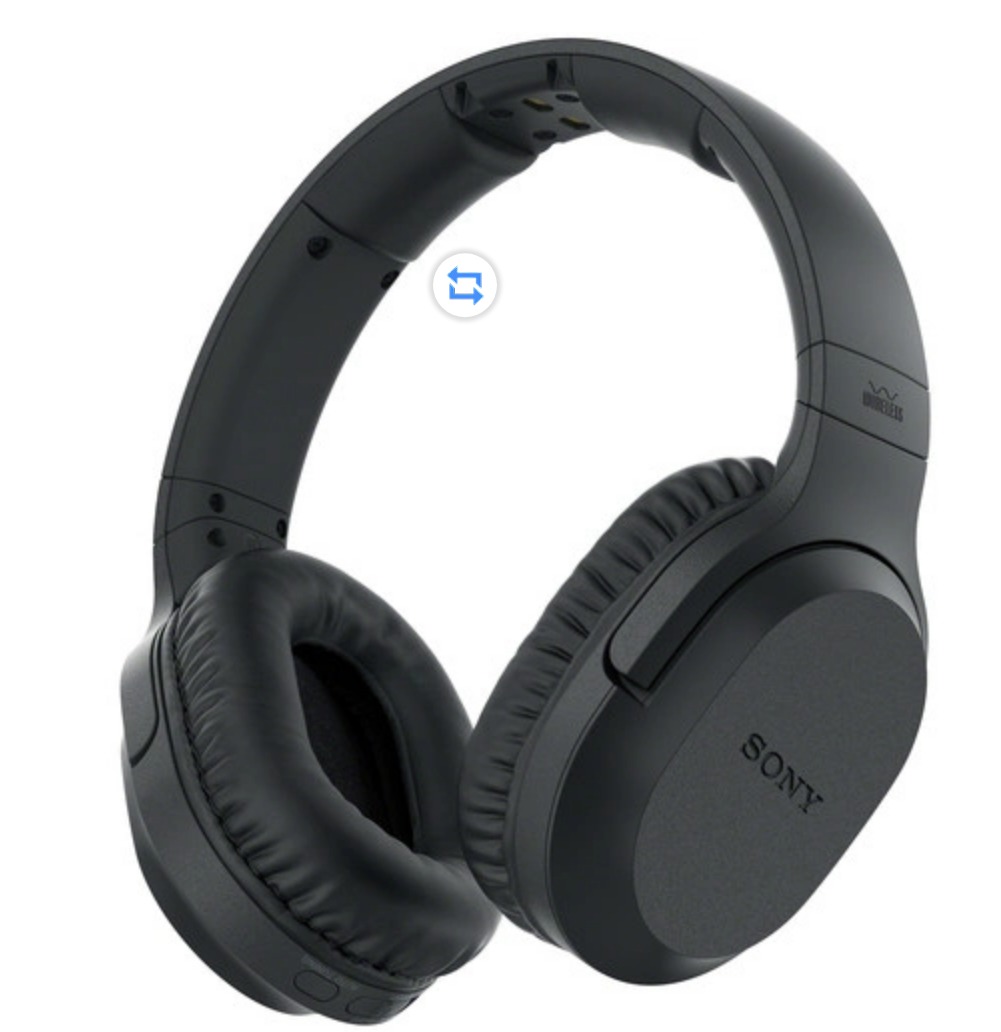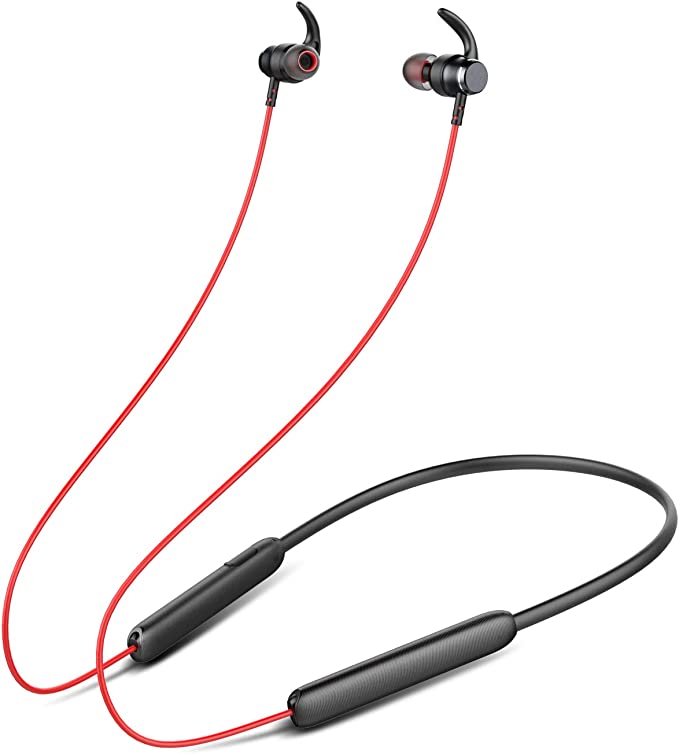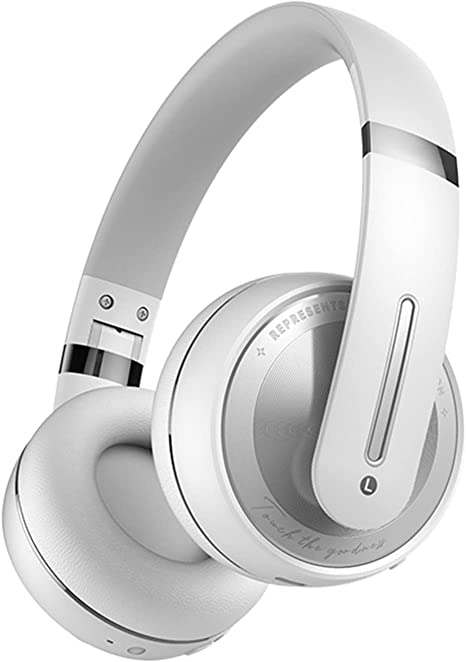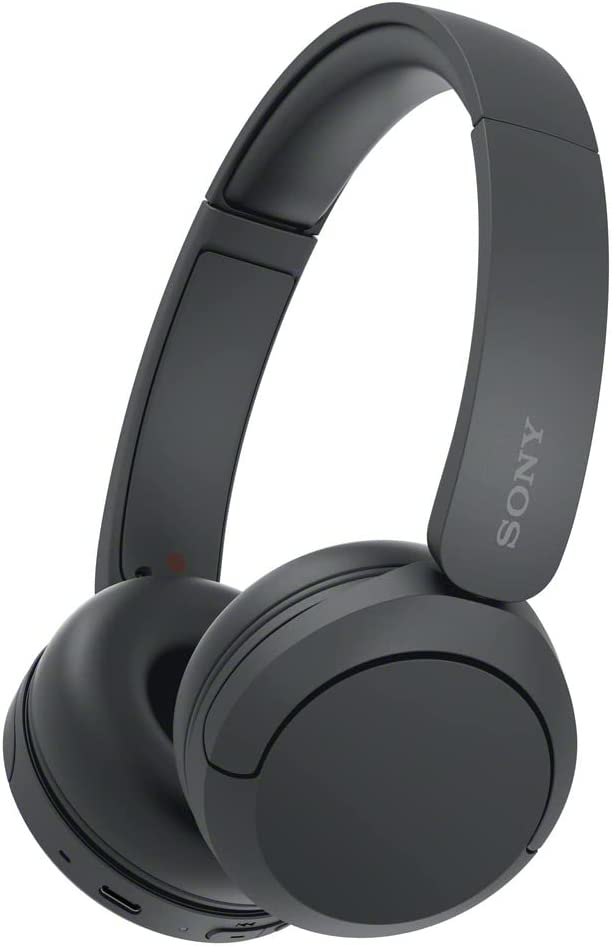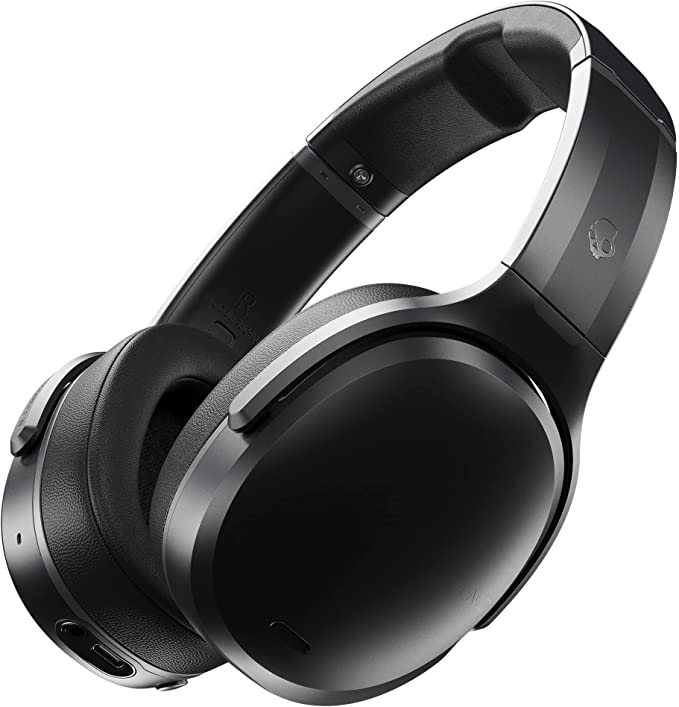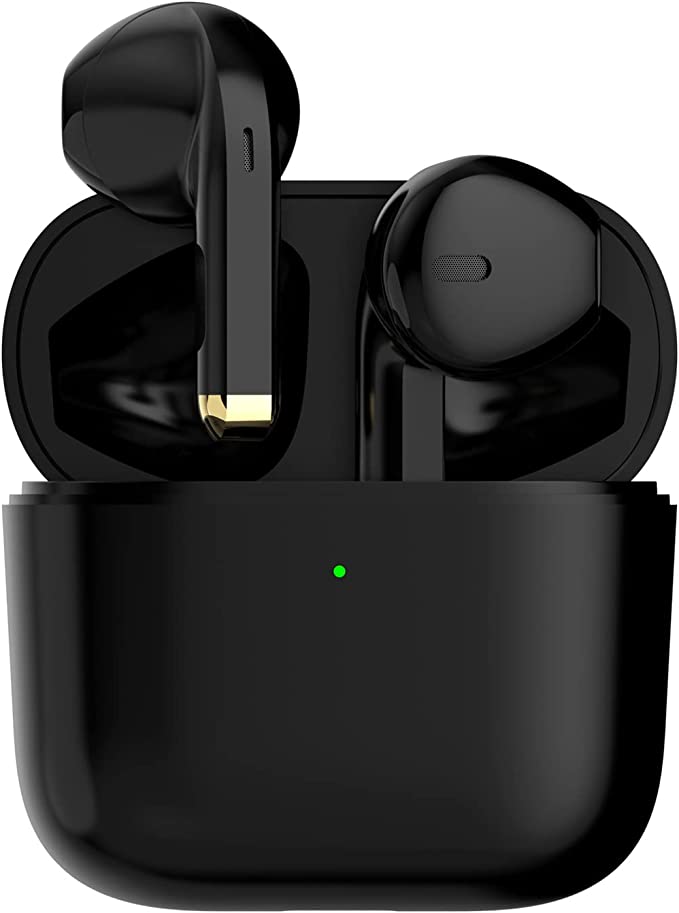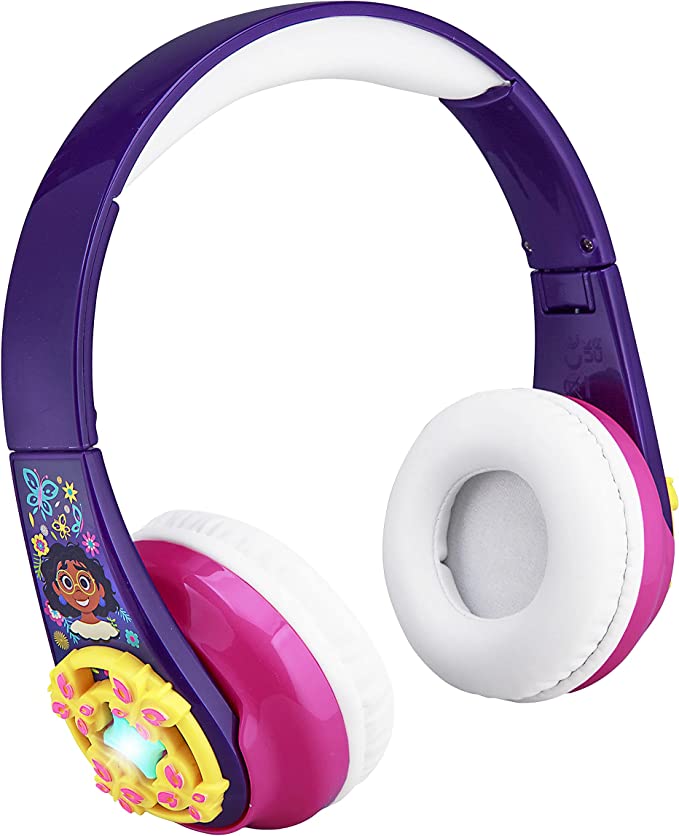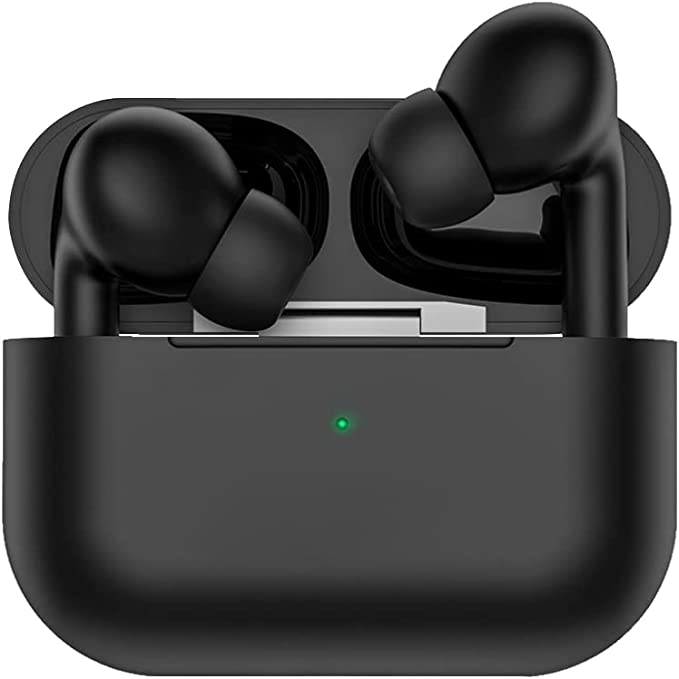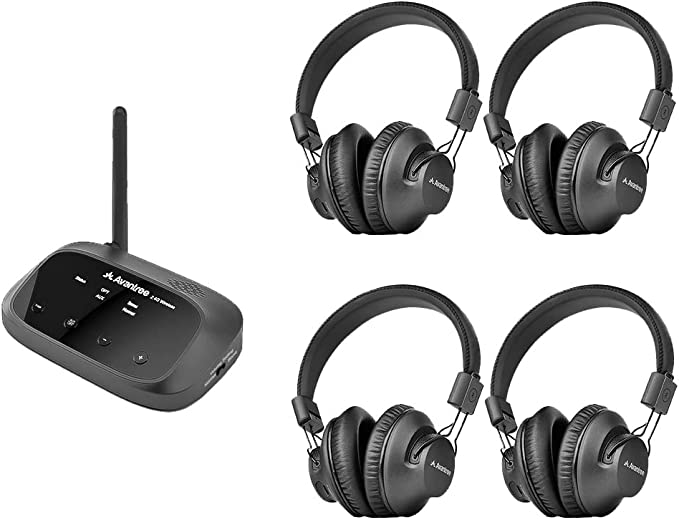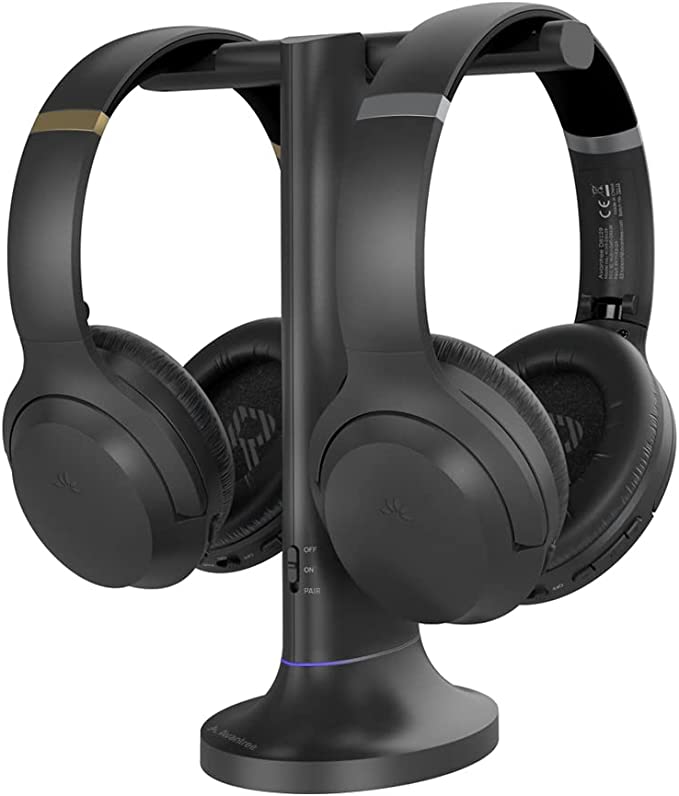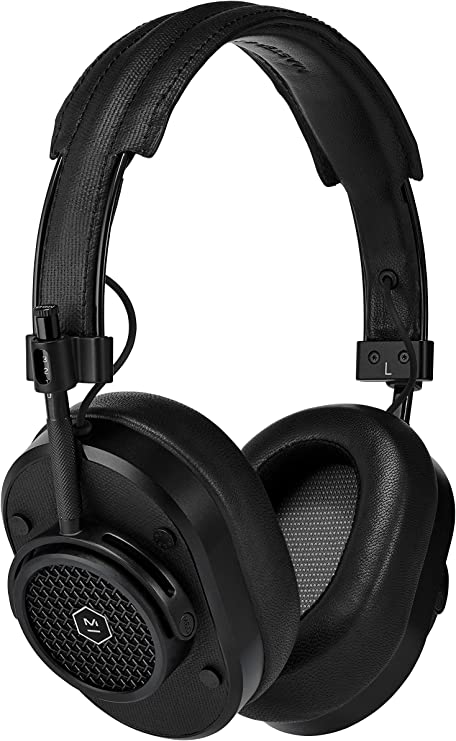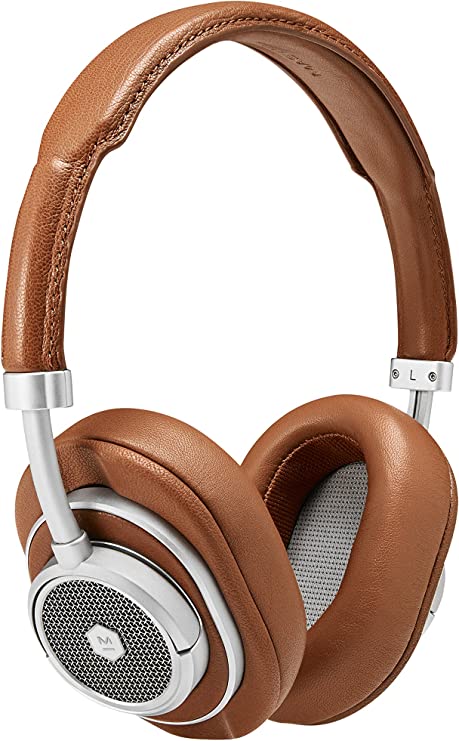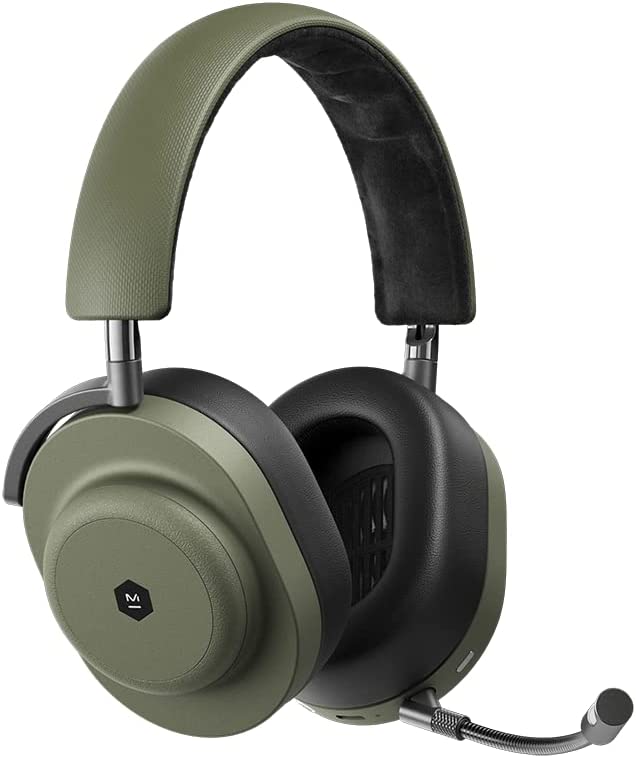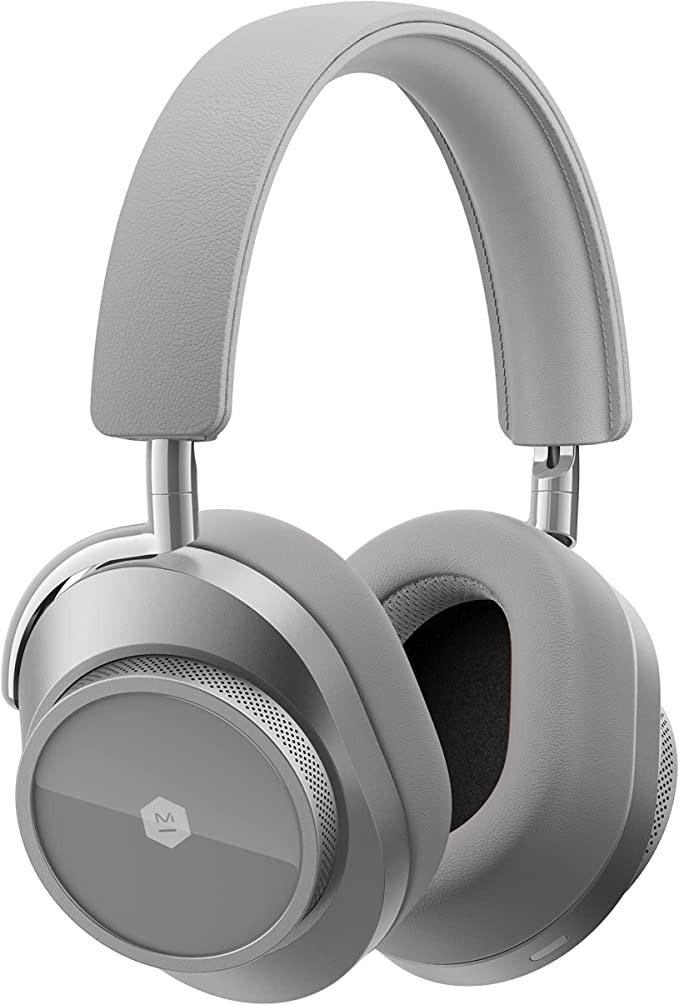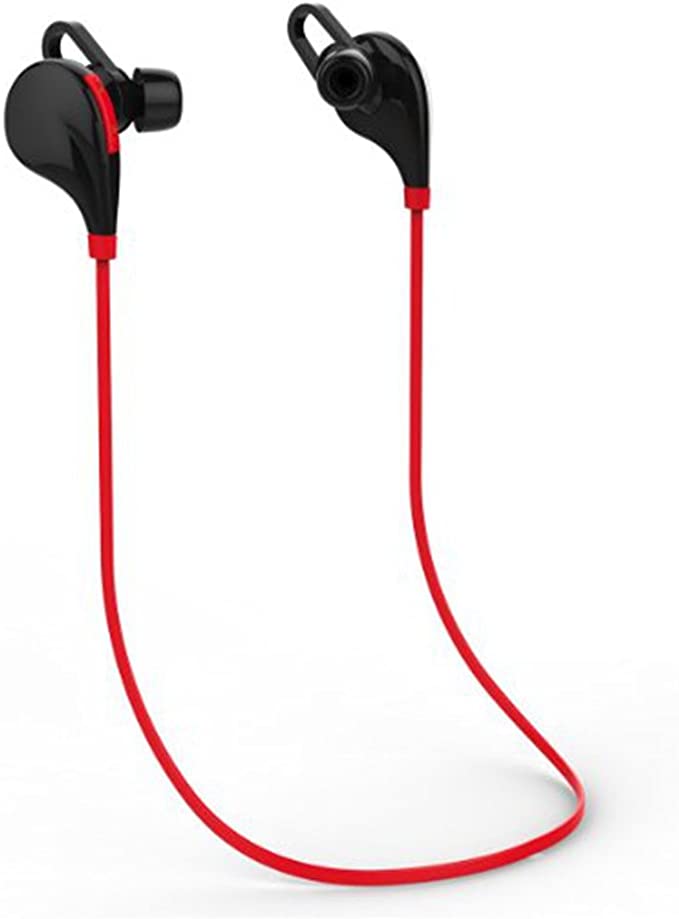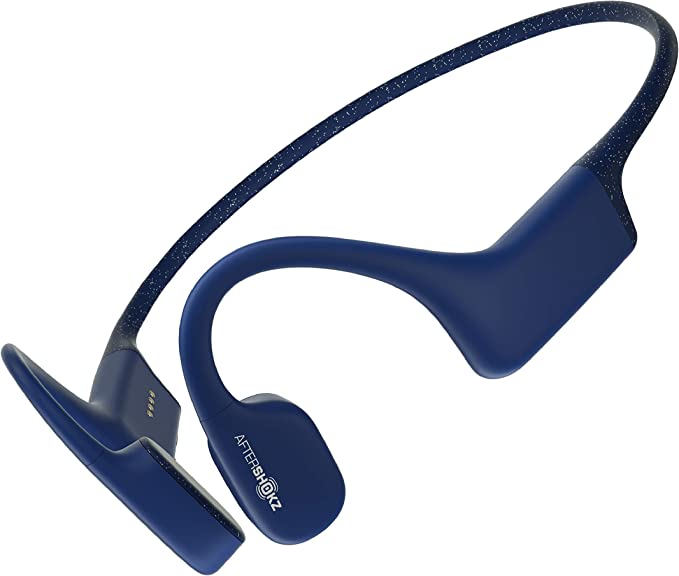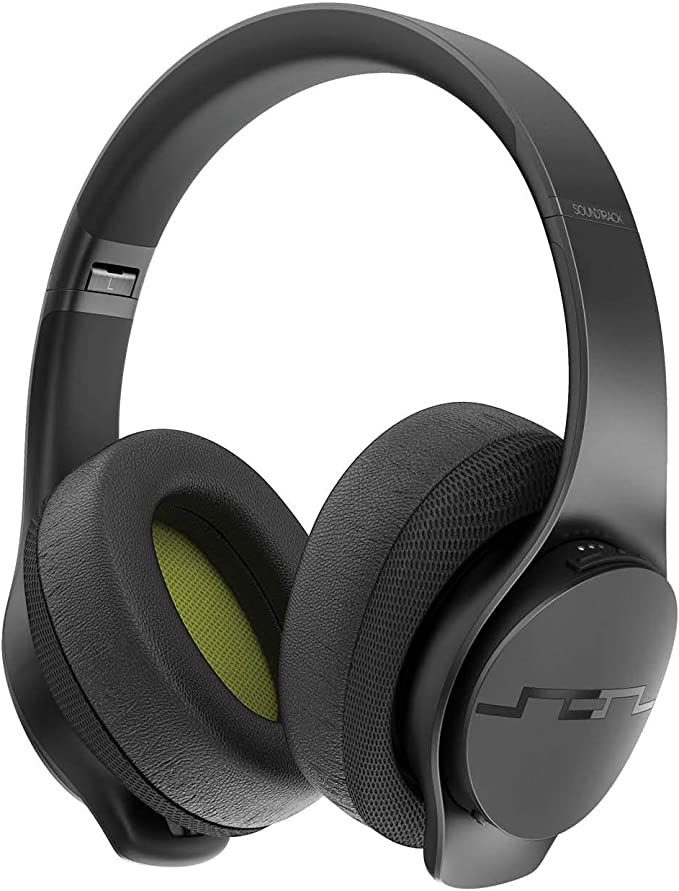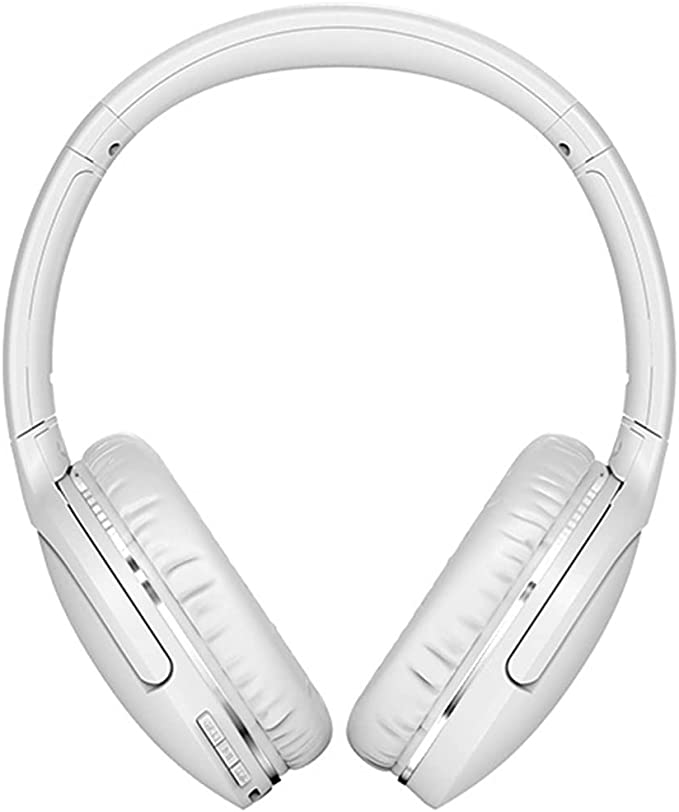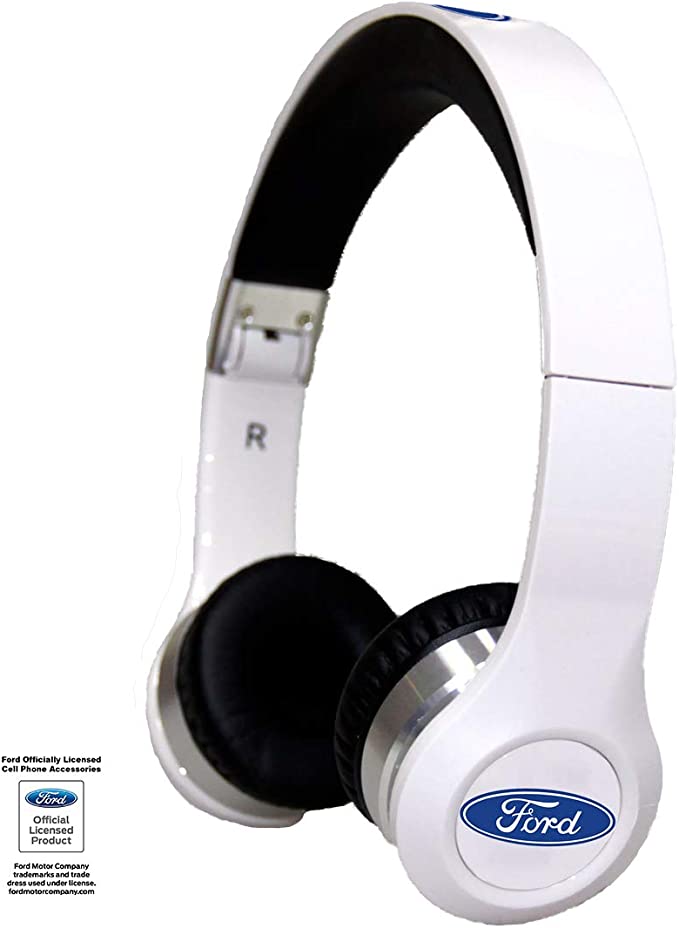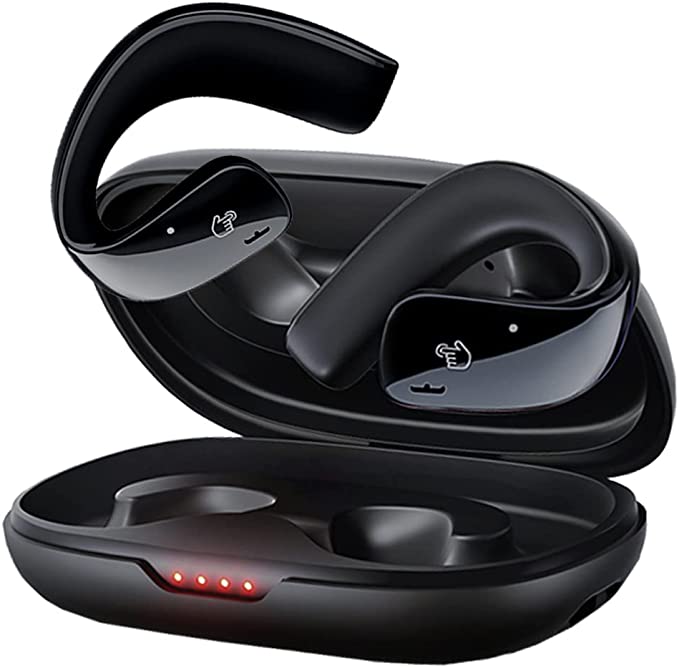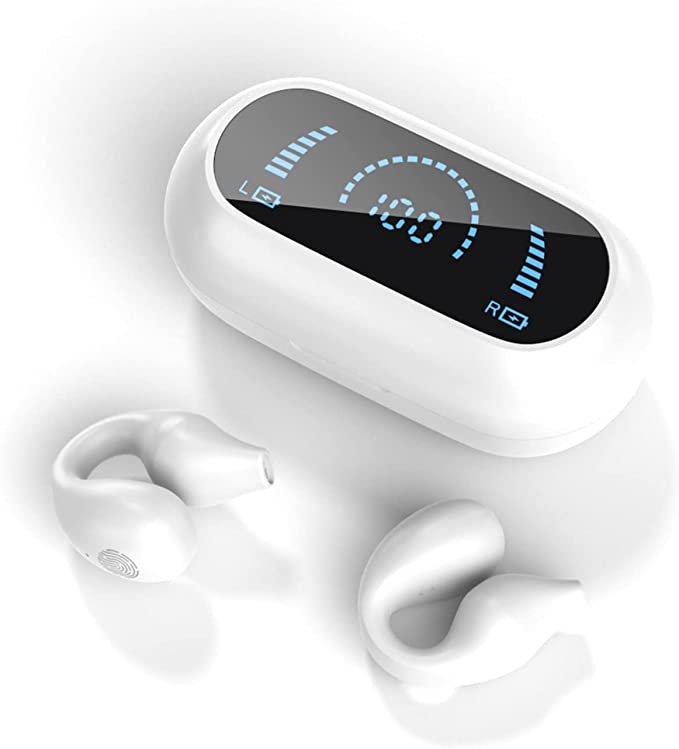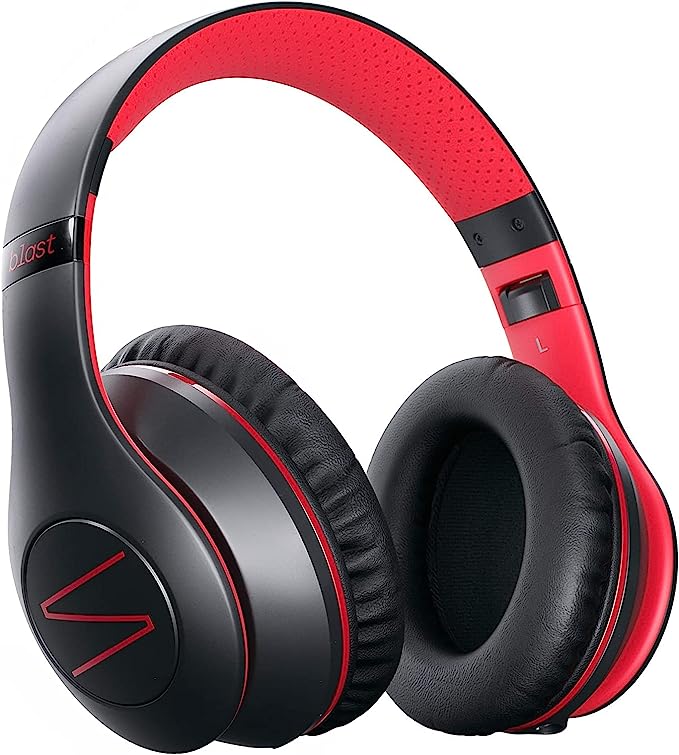zBones Z-43860M Bone Conducting Headphones - Hear the Outdoors, Stay Connected
Update on March 21, 2025, 9:43 a.m.
Imagine you’re deep in the woods, the crisp morning air filling your lungs. You’re tracking a deer, every rustle of leaves, every snap of a twig, a vital clue. But you also crave the rhythm of your favorite music, the inspiration of a podcast, or the connection of a phone call. Traditional headphones? They’d cut you off from the crucial sounds of the wild, potentially putting you at risk or causing you to miss your shot. Enter the fascinating world of bone conduction.
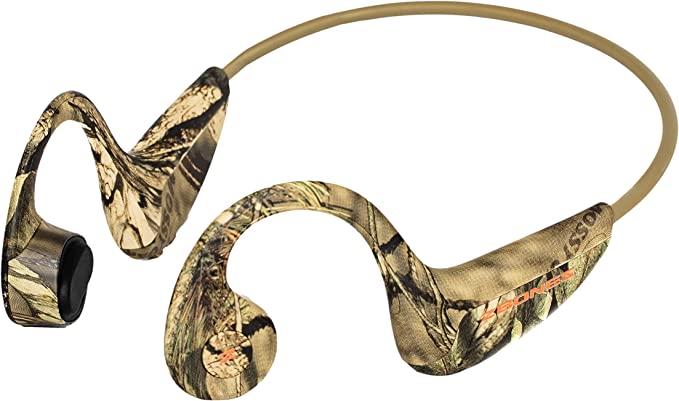
Sound Without Sound (Almost)
Bone conduction might seem like magic, but it’s pure science. It’s a way of hearing sound without blocking your ear canals. Instead of sending sound waves through the air and into your eardrums, bone conduction transmits vibrations directly through the bones of your skull to your inner ear, the cochlea.
Think about it: Have you ever heard your own voice recorded and thought, “Is that what I sound like?” That difference is partly due to bone conduction. When you speak, your vocal cords vibrate, and those vibrations travel not only through the air but also through the bones of your skull. You hear a combination of both, while a recording only captures the air-conducted sound. Or perhaps you have felt sound by biting a tuning fork.
Vibrations Through the Ages
The concept of hearing through bones has a much longer history.
The concept of bone conduction isn’t new. In fact, it dates back centuries. One of the most famous examples is Ludwig van Beethoven, the renowned composer who lost much of his hearing in his late 20s. Legend has it that Beethoven found a way to hear his piano by clenching a rod in his teeth, the other end of which was attached to the instrument. The vibrations from the piano strings traveled through the rod, through his jawbone, and directly to his inner ear, bypassing his damaged eardrums.
While Beethoven’s method was rudimentary, it demonstrated the basic principle of bone conduction. In the mid-20th century, bone conduction technology found its way into medical devices, such as hearing aids and bone-anchored hearing systems (BAHA). These devices help people with certain types of hearing loss by transmitting sound vibrations through the skull to the inner ear, bypassing damaged parts of the outer or middle ear.
The Science of Skull Sounds
Let’s get a little more technical. Sound, at its core, is vibration. These vibrations travel in waves, and they can travel through different mediums – air, water, and, yes, even bone. Traditional headphones use speakers to create sound waves in the air. These waves enter your ear canal, vibrate your eardrum, and those vibrations are then transmitted through tiny bones in your middle ear (the malleus, incus, and stapes) to the cochlea.
Bone conduction, however, takes a shortcut. It bypasses the eardrum and middle ear entirely. Bone conduction headphones use transducers to convert electrical signals (your music) into mechanical vibrations. These transducers are typically placed on the cheekbones, just in front of the ears, near the temporal bone. The vibrations travel through the skull bones directly to the cochlea.
The cochlea, a snail-shaped structure filled with fluid and lined with tiny hair cells, doesn’t really care how the vibrations get there. Whether they come through the air and eardrum or directly through the bone, the hair cells are stimulated, and they send electrical signals to the auditory nerve, which your brain interprets as sound.
zBones Z-43860M: Blending In and Standing Out
This is where the zBones Z-43860M Bone Conducting Headphones, from Ardent Tackle’s ZBONES brand, come into play. These headphones are designed specifically for outdoor use, leveraging the benefits of bone conduction technology. Their over-ear, wireless design leaves your ears completely open, allowing you to hear everything around you while still enjoying your audio.
Because bone conduction bypasses the eardrum, headphones like the zBones Z-43860M can be designed to leave the ear canal completely open. You can hear the birds singing, the wind rustling the leaves, or the approach of another person, all while listening to your favorite music or podcast. This situational awareness is crucial for safety and enjoyment in many outdoor activities.
The wireless connectivity, using Bluetooth technology, adds another layer of convenience. No more tangled wires to snag on branches or restrict your movement. You can connect seamlessly to your smartphone or other Bluetooth-enabled device and enjoy your audio with complete freedom. The information on Ardent Tackle site, the device comes equiped with Bluetooth 5.0.
Mossy Oak: More Than Just a Pretty Pattern
The zBones Z-43860M headphones aren’t just about sound; they’re also about stealth. The Mossy Oak camouflage pattern is more than just an aesthetic choice. For hunters and wildlife photographers, blending into the environment is critical. The Mossy Oak pattern helps you do just that, minimizing your visual presence and increasing your chances of getting close to your target, whether it’s a deer or a rare bird.
The Good, the Bad, and the Bony
It’s important to be realistic about the limitations of bone conduction technology. While it offers incredible benefits in terms of situational awareness, it typically doesn’t provide the same level of audio fidelity as high-end traditional headphones. In particular, the bass response (the low-frequency sounds) tends to be weaker. This is because bone conduction is less efficient at transmitting low-frequency vibrations.
It’s also important to address the concerns raised in some user reviews about the zBones Z-43860M. Some users have reported issues with durability and battery life. While these reports highlight potential areas for improvement, they should be considered within the broader context of bone conduction technology and the specific design goals of the zBones Z-43860M. Achieving a balance between lightweight comfort, open-ear design, wireless functionality, and extended battery life is a complex engineering challenge. Furthermore, the rugged conditions often encountered in outdoor activities can put significant stress on any electronic device. The specific model uses a Micro USB port for charging.
It’s also worth noting that some sound leakage is inherent in bone conduction technology. While the vibrations are primarily directed through the skull, some sound can escape and be audible to people nearby, especially at higher volumes. This is generally less of an issue in outdoor environments, but it’s something to be aware of.
The zBones also includes a microphone. This is a very helpful feature for outdoor settings, allowing you to have hands free communication. The microphone allows you to stay connected, without needing to remove your device.
The customer star rating of 3.5 out of 5, is something to factor in when considering a purchase. The zBones are generally well-recieved, however some users have reported issues. It is always important to weigh all aspects of the product, before making your final decision.
The Future is Open (Ear)
Despite the current limitations, bone conduction technology is constantly evolving. Researchers and engineers are working to improve sound quality, reduce sound leakage, and increase battery life. We can expect to see even more sophisticated bone conduction headphones in the future, potentially with features like:
- Improved Transducers: New transducer designs could deliver a wider frequency response, including better bass.
- Active Noise Cancellation (for ambient sounds): While seemingly counterintuitive for open-ear headphones, some companies are exploring ways to selectively cancel out unwanted ambient noise (like wind) while still allowing crucial sounds (like speech or animal sounds) to pass through.
- Integration with Smart Devices: Future bone conduction headphones might integrate with smartwatches, fitness trackers, or even augmented reality glasses.
- Biometric Sensors: Headphones could potentially monitor vital signs like heart rate or body temperature, providing valuable data for athletes and outdoor enthusiasts.
- Better Materials: With a wider array of choices, manufacturers can produce more comfortable headphones.
Bone conduction technology has come a long way from Beethoven’s biting rod. It offers a unique and valuable way to experience audio, particularly for those who need to stay connected to their surroundings. The zBones Z-43860M, while not without its flaws, represents a solid example of this technology in action, providing a practical solution for outdoor enthusiasts who want to hear it all – the call of the wild, and their favorite tunes. The choice to use bone conduction ultimately depends on the user’s primary need: if constant awareness is a greater necessity than pristine audio quality, the trade-offs are often justifiable, offering an immersive experience that seamlessly blends the digital and natural worlds.
